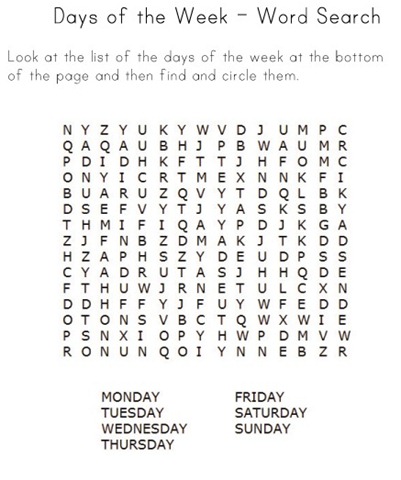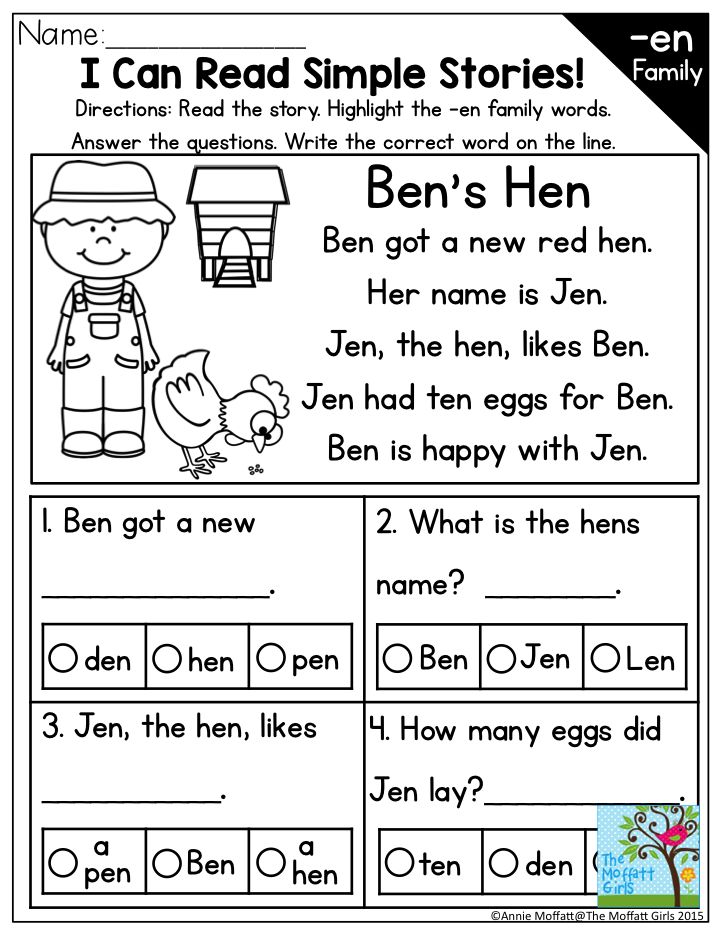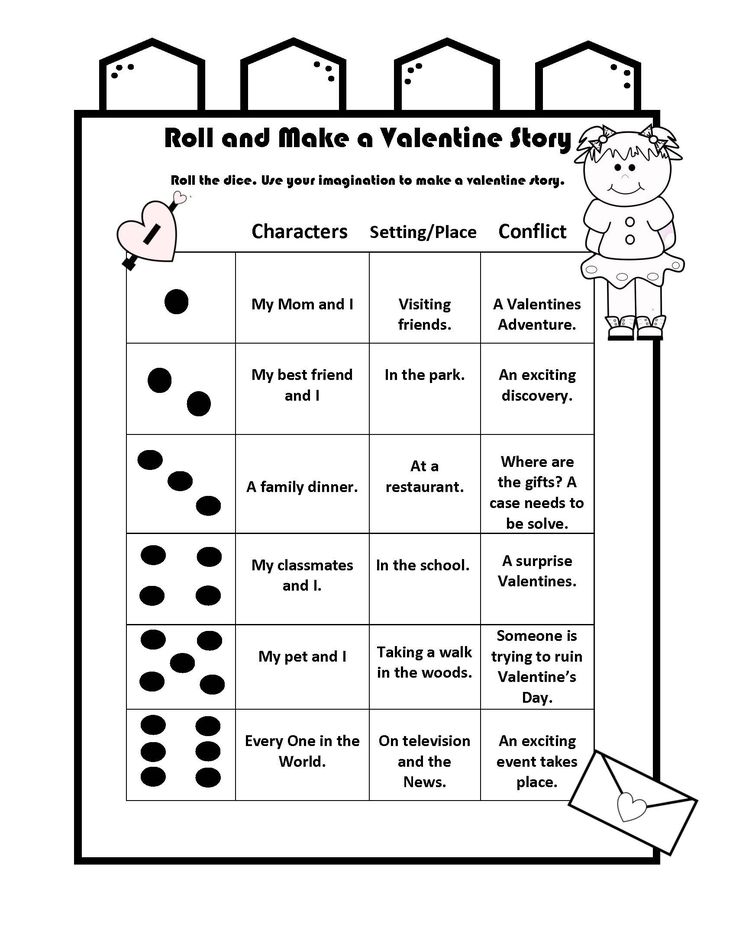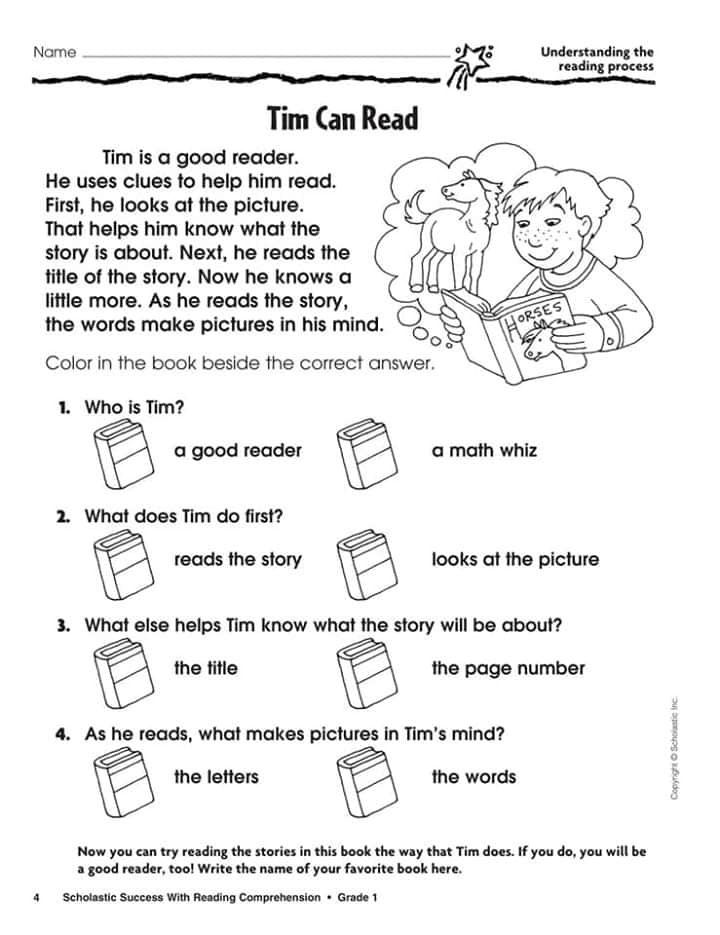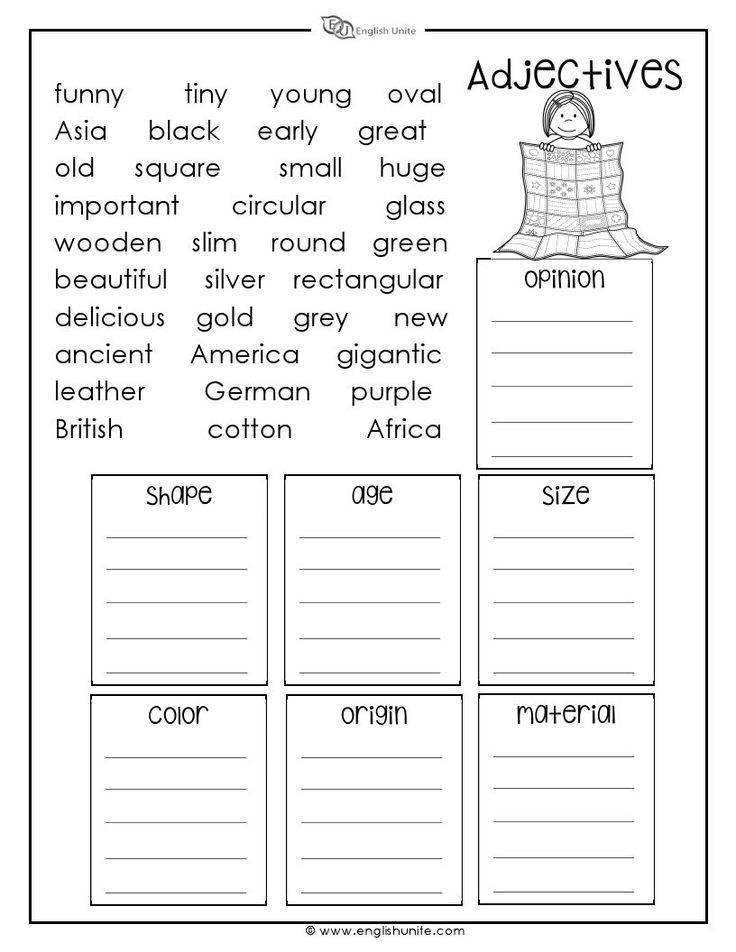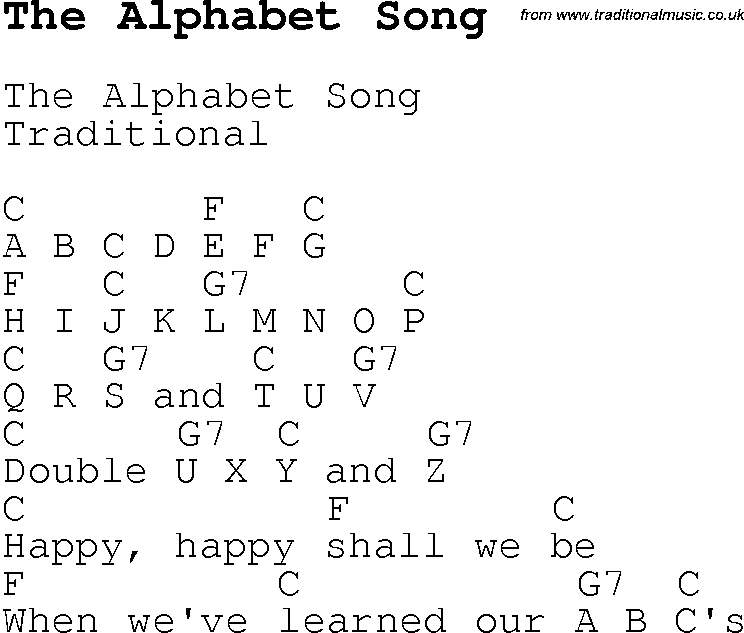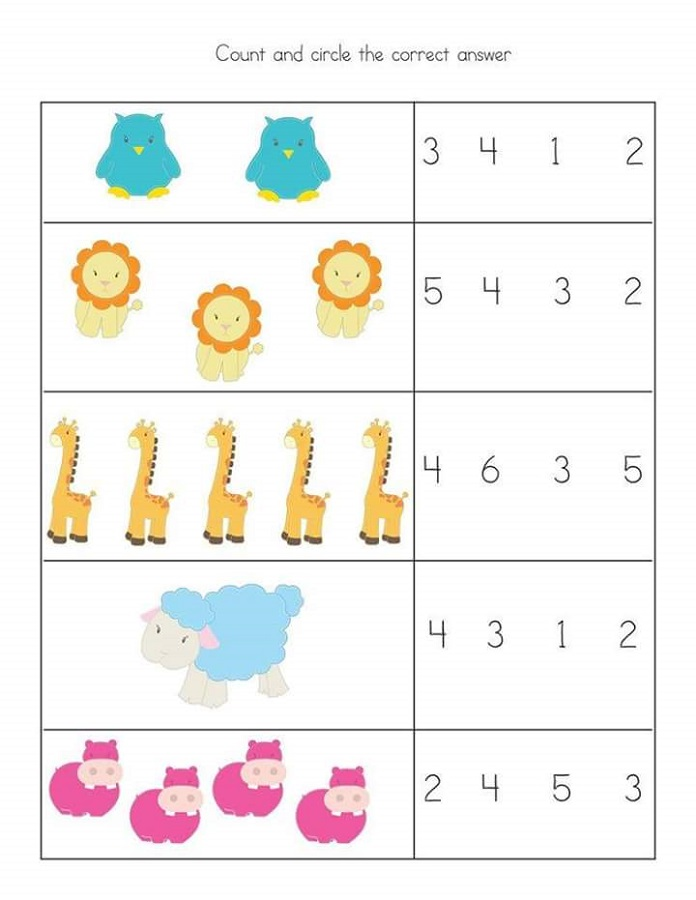Word of the week ideas
Word of the Week Routine to Enhance Vocabulary + FREE Worksheet
Vocabulary acquisition is essential to improving students reading and writing skills. The question is, how can we expose students to more sophisticated language and make sure it sticks? Word of the week is one of the ways.
Some Benefits of Word of the WeekAs teachers, we know that unfortunately not all students come into our classroom with an adequate level of vocabulary knowledge. This can hinder their ability to communicate through their writing and speaking as well as impact their reading comprehension.
The more exposure to vocabulary we can give to students, the better.
Word of the Week can help students feel confident using more elaborate words in their oral and written communication. It also helps them become part of their personal vocabulary word bank.
The breakdown of the activities gives students the opportunity to really master the words as well as other words related to it through synonyms and antonyms.
The simplicity of Word of the Week and the impact it can make on students’ vocabulary is also a great benefit. Teachers love that it only takes a few minutes to incorporate daily and that students really enjoy the activities.
How to Implement Word of the Week in the ClassroomAfter reading about the benefits of implementing Robert J. Marzano’s Six-Step Process to help students master new vocabulary words, I introduced the Word of the Week. It was an addition to the other vocabulary acquisition opportunities we had going on in our classroom.
I developed a list of 36 words for my 4th graders and another list for my fifth graders. I chose commonly used words found throughout grade level text that were challenging to many of my students. Then, I created an organizer to help my students routinely implement the first 3 steps of Marzano’s process with ease. That included: 1. provide a description, 2. provide an example, and 3. construct a picture of the term.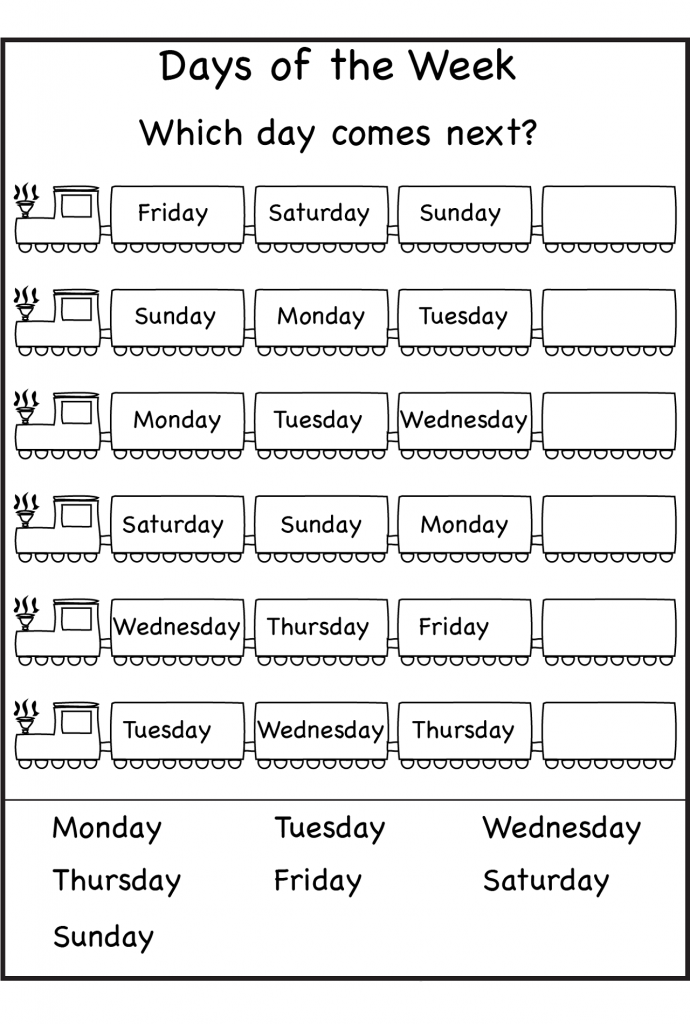
This process is weaved into our classroom morning routine. It has been a great way to help increase students’ vocabulary acquisition, and has quickly become one of our favorite (and most competitive) vocabulary activities.
To help the routine run smoothly and efficiently, we follow the schedule below:- Monday: Students write down the word of the week, the part of speech, and its definition. (This covers step 1 of Marzano’s Six-Step Process.
- Tuesday: They look up and discuss synonyms and antonyms. Having them find synonyms and antonyms helps them expand their vocabulary even further.
- Wednesday: I share with them the use of the word in a sentence. Then, they write their own sentence. As they write their sentence, I walk around and read them. I provide scaffolding for those students who need it. A couple of the best sentences get chosen to be posted up in the classroom on an index card.
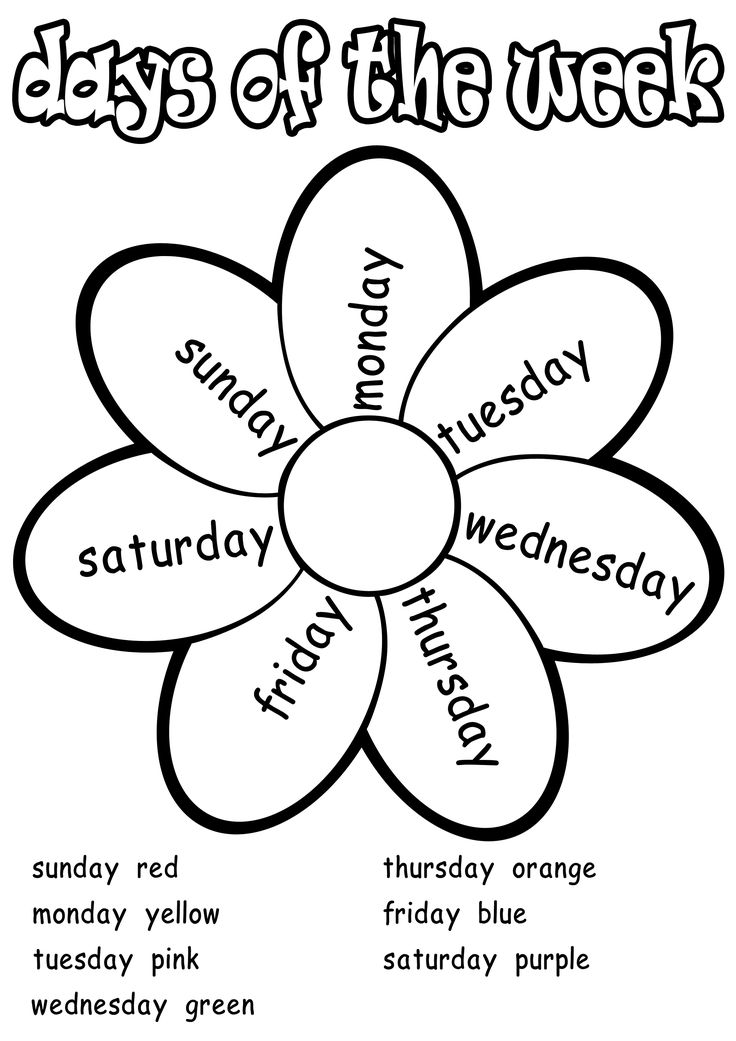 (This covers step 2.)
(This covers step 2.)
- Thursday: Students illustrate their sentences. According to Marzano, “this third step in the process is crucial – having students represent their understanding of a new term by drawing a picture, pictograph, or symbolic representation. When students do this step well, achievement soars.”
- Friday: Students rate their understanding. This helps me get an idea of who is feeling confident and who still needs extra exposure. Students also share their worksheet with a partner. Giving students a chance to share is a form of best practice. We know that students tend to do their best work when they know they will be sharing their work with someone other than the teacher.
You can sign up below to receive this free worksheet in your inbox and start using it in your classroom immediately.
If you’re looking for more word work and vocabulary acquisition ideas, check out this Prefixes and Suffixes Blog Post. It also includes a FREE worksheet your students can fill out as you introduce a new Prefix and Suffix to them.
It also includes a FREE worksheet your students can fill out as you introduce a new Prefix and Suffix to them.
As you can see, Word of the Week can be a quick activity with many benefits. In as few as 5 minutes a day, students can truly master a variety of new words.
Using a Word of the Week to Build Vocabulary
One of the toughest subjects to fit into my daily schedule was vocabulary. Oftentimes, vocabulary instruction gets pushed to the back burner and we focus more on reading comprehension. However, a higher vocabulary leads to higher reading comprehension. Which makes it even more important to spend some time daily on building that vocabulary. One of the easiest ways to start more intentional vocabulary instruction is to use a word of the week to build vocabulary.
If you want to learn more about how to teach vocabulary in Kindergarten and why it’s important, make sure to check out this post here.
Word of the Week
A word of the week is an effective way to add additional vocabulary instruction and practice into your daily schedule without spending too much time.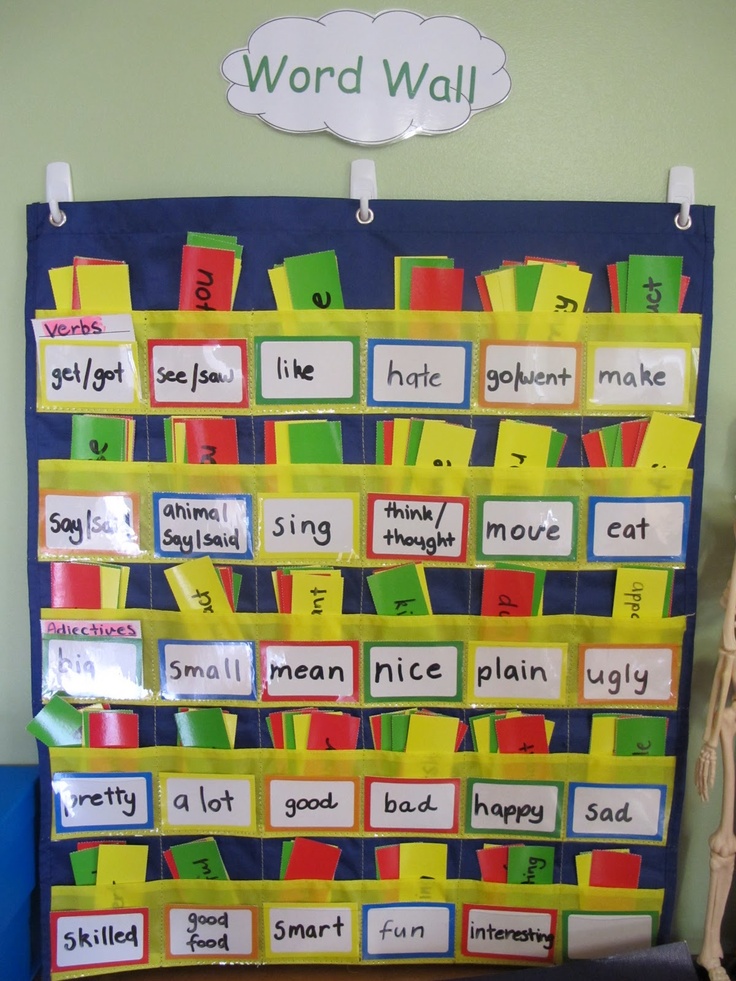 If you do this every week for the year, your students will learn about 40 new words that they may have not learned otherwise. I followed a simple 5-minute routine once a week, and then sprinkled it throughout the rest of my lessons as needed. Oftentimes, it would pop up in our conversations throughout that week! Here’s how I implemented my word of the week.
If you do this every week for the year, your students will learn about 40 new words that they may have not learned otherwise. I followed a simple 5-minute routine once a week, and then sprinkled it throughout the rest of my lessons as needed. Oftentimes, it would pop up in our conversations throughout that week! Here’s how I implemented my word of the week.
Word of the Week Routine
With our word of the week, I introduced it every Monday morning during our morning meeting. It was written on our board or on our focus wall. Sometimes they knew what the word was, sometimes they didn’t know. Either way, your goal is to add that word to your students vocabulary that week! Here's a great vocabulary list to use for Kindergarten.
Here's some more ideas to practice the word of the week
Use it in a sentence
Have students practice the word by using it in a sentence. You can either have your students say the sentence orally to a neighbor or write the sentence as part of your writing lesson. At the beginning of the year, it may just be your students repeating the sentence after you and practicing writing the sentence.
At the beginning of the year, it may just be your students repeating the sentence after you and practicing writing the sentence.
Make a connection
The single best way to store a word in our memory is to create a connection. If students have some kind of connection to the word, whether its a text to world, text to self, or text to text connection, they will be more likely to remember it and use it. For example, if the word is “tangled”, maybe they’ve had knotty hair that their mother has had to brush out. Or you can talk about how cords get tangled in the classroom. These connections will help them remember the word.
Draw a picture
A fun and easy way to reinforce the vocabulary word into memory is to draw a picture. This is a good option for students who are not quite writing independently. It is a way to “show what they know”. Have them draw the picture and then label it using the vocabulary word.
Add it to a vocabulary notebook
If you like the “draw a picture” idea, then you can try to have a vocabulary notebook! With this notebook, they would write the word, draw a picture, then use it in a sentence.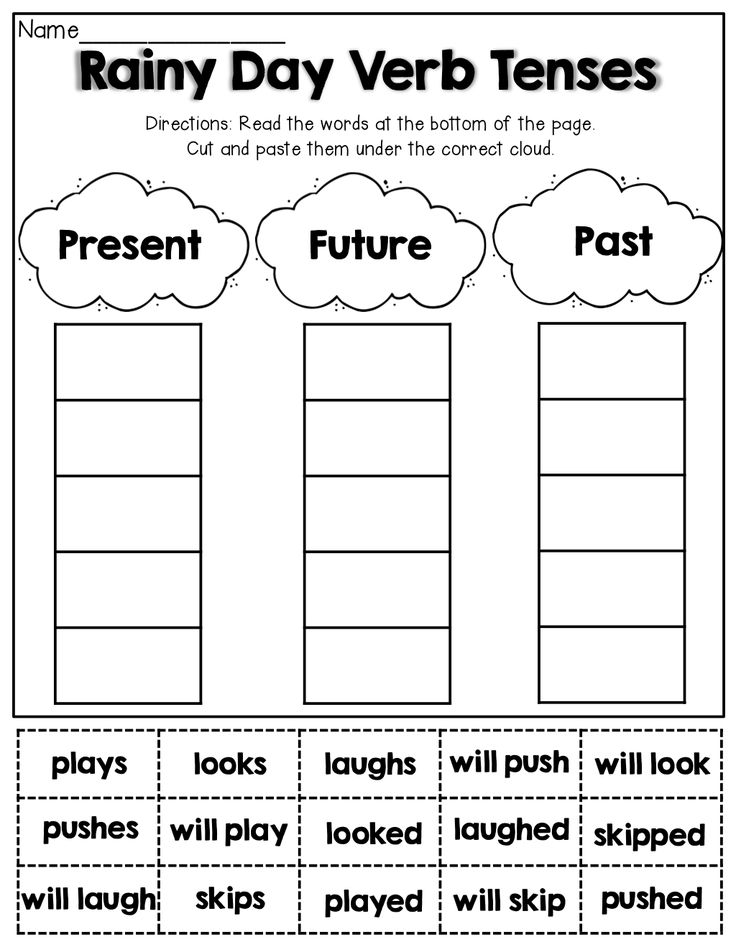 You could do this as a weekly writing center or writing lesson after they've been taught that word.
You could do this as a weekly writing center or writing lesson after they've been taught that word.
Here’s a free printable to glue into a notebook or just print and use with your students. Just enter in your information and it will be sent straight to your email!
For more vocabulary activity ideas, check out this post here: 5 Simple Vocabulary Activities for Kindergarten.
Origin of the days of the week in Russian and English
We all use the names of the days of the week in speech. But few of us think about when and where did they come into our language. Why were the days given such a name? On the meaning of words in our time mainly linguists and children think. FROM the first everything is clear, and the children are literally interested everything: what is a rainbow, why is the grass green and why words sound the way they do. Why a tit is a tit, not a giraffe, and why Monday is Monday, not Wednesday.
In antiquity, division arose at the very beginning time by month.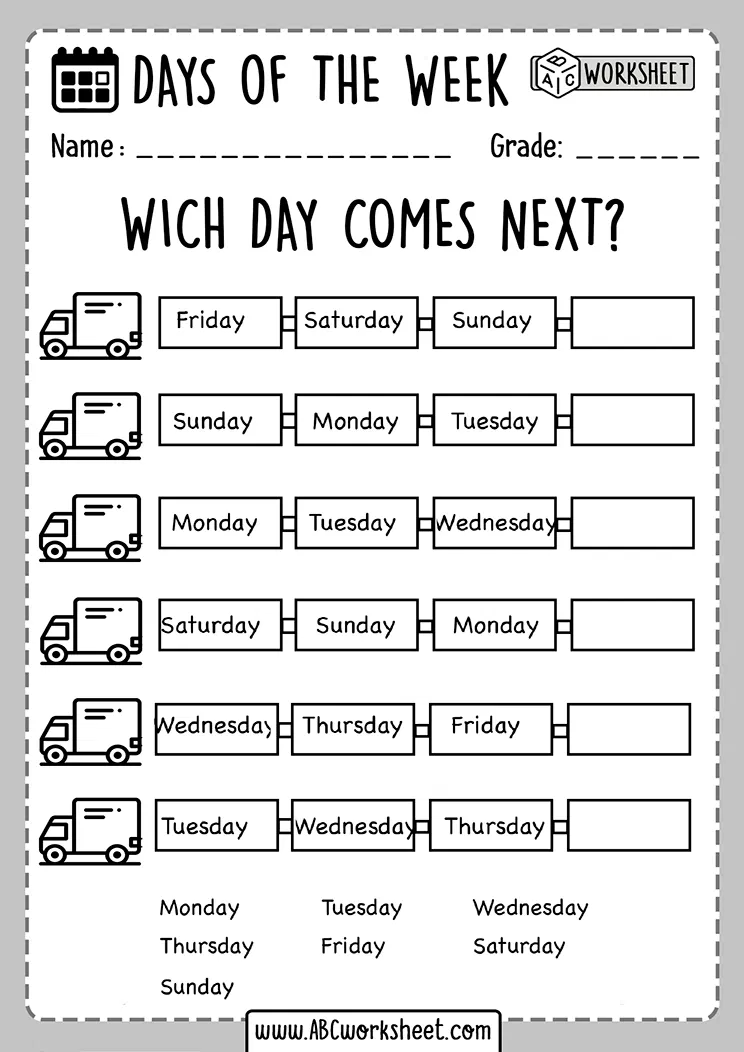 It was quite logical. AT at certain times of the year the rivers overflowed, crops sprouted and so on. As for weeks, then the division into them arose apparently due to that a certain day was supposed to used for certain purposes, not connected with the ordinary activities of agriculture or animal husbandry, and for example for trade. At of each nation, this day was usually chosen arbitrarily, it could be the tenth or fifth day month. Every seventh day of the month for trading used by the Babylonians. Their system was adopted Jews, and then Greeks, Romans and Arabs. Probably, the number 7 was not chosen by chance and has astronomical origin - observation of phases of the moon or visible planets. Also about the seven days is said in the Old Testament. In seven days God created Heaven and Earth, and rested on the seventh day.
It was quite logical. AT at certain times of the year the rivers overflowed, crops sprouted and so on. As for weeks, then the division into them arose apparently due to that a certain day was supposed to used for certain purposes, not connected with the ordinary activities of agriculture or animal husbandry, and for example for trade. At of each nation, this day was usually chosen arbitrarily, it could be the tenth or fifth day month. Every seventh day of the month for trading used by the Babylonians. Their system was adopted Jews, and then Greeks, Romans and Arabs. Probably, the number 7 was not chosen by chance and has astronomical origin - observation of phases of the moon or visible planets. Also about the seven days is said in the Old Testament. In seven days God created Heaven and Earth, and rested on the seventh day.
Seven-day week as an intermediate unit measurements of time between day and month originated in ancient Babylon. From there she moved on to Jews, and then to the Greeks and Romans; from the Romans spread widely throughout Western Europe.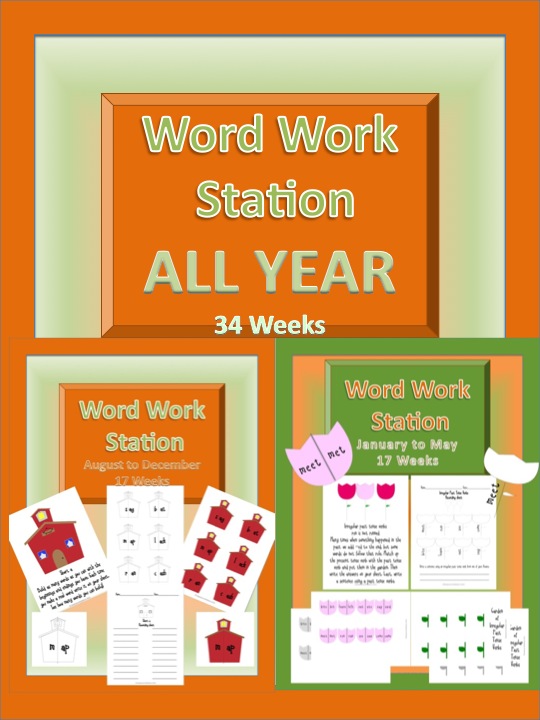 The seven-day week has received recognition and many peoples of the Arab East. Babylonians attributed to the number "seven" a magical meaning, considering it "sacred". Such reverence was related to the number of planets known at that time (to which also included the Sun and the Moon).
The seven-day week has received recognition and many peoples of the Arab East. Babylonians attributed to the number "seven" a magical meaning, considering it "sacred". Such reverence was related to the number of planets known at that time (to which also included the Sun and the Moon).
Probably the origin of the seven-day week as units of measurement of time is also related to another cause - with a change in the lunar phases, repeating every 29.5 days. If consider, that during the new moon the moon is not visible for about 1.5 days, then the duration of its visibility will be 28 days, or four weeks. And now we divide the period of change in the appearance of the moon by four parts, which we call the first quarter, full moon, last quarter and new moon. Each quarter of the lunar month is approximately seven days.
Is a seven-day week necessary? The history of development calendar systems shows that "week" is an unfortunate unit of time, because it is not consistent with the duration months, nor with the duration of the year.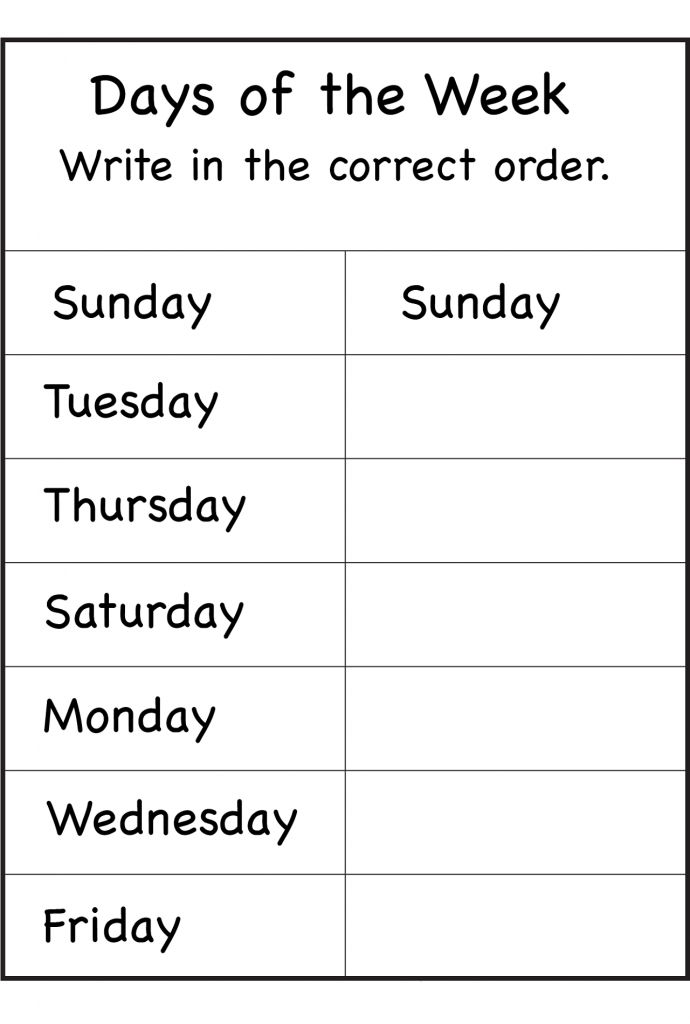 In the lunar calendars, it had some more significance, as about a quarter of a lunar month, but in solar calendars have lost all meaning.
In the lunar calendars, it had some more significance, as about a quarter of a lunar month, but in solar calendars have lost all meaning.
Since we live in Russia, first of all consider why the days of the week are called so, and not otherwise, from the point of view of Old Church Slavonic. Earlier in Rus', the week was called “week” (by the way, in Bulgaria it is still called that's right), and Sunday was called "week" - from the phrase “do not do”, that is, a day, when it was possible to rest from worldly worries. Also, the week started on Sunday, and this explains the name "Wednesday" - "the middle day, heart of the week. Note that at the beginning of the week in Monday the meaning of "middle day" disappears, because that is Thursday. But let's go to order.
Monday comes from the phrase “after a week, after a week”, that is, the first day after the "week" - Sunday. Tuesday, respectively, the second day of the week. Wednesday - “heart of the week, middle of the week”.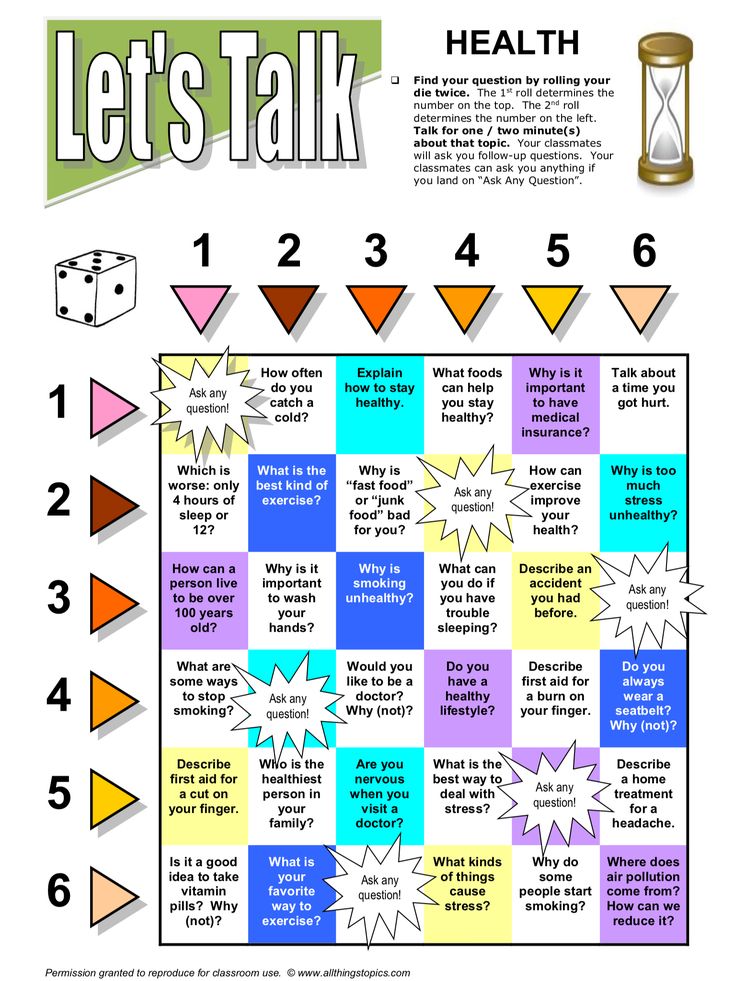 Thursday - fourth day of the week. But with Friday much more interesting. The most logical version of the name Friday is the fifth day. However, there is also another version of the origin of this name. AT honor of the fertility goddess Paraskeva Pyatnitsa.
Thursday - fourth day of the week. But with Friday much more interesting. The most logical version of the name Friday is the fifth day. However, there is also another version of the origin of this name. AT honor of the fertility goddess Paraskeva Pyatnitsa.
In Slavic mythology there are both famous deities, as well as those whose names are mentioned rarely. Paraskeva Pyatnitsa is one of them. It has long been revered by the Slavs, as it was goddess of fertility, spinning woman, giver of blessings. The name "Pyatnitsky springs” appeared due to the fact that Friday protected the water in the wells and made it healing. She was depicted in white clothes, and her image on the roofs meant that in this the water is healing. See also Paraskeva Friday demanded strict obedience to her, and forbade women to work in her named the name of the day is Friday. Is it because in modern life left the desire to celebrate Friday as special day, and most people don't I want to work on this sacred day for Slavs
Let's return to the question about the other days of the week.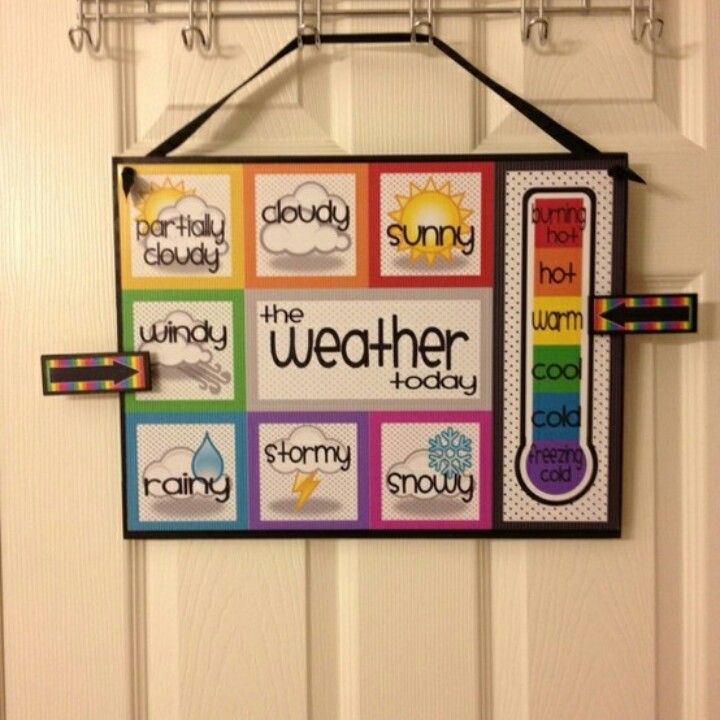 Where did the names of Saturday and Sunday come from?
Where did the names of Saturday and Sunday come from?
The word “Saturday” comes from Hebrew sabbath, "Shabbat", which is translated means "peace". Jews take a break on Shabbat work, thereby showing respect to the Creator and creation of the world, which ended on the seventh day. Far from any work is prohibited on Saturday, but only where there is creativity - so that a person did not forget “who is the boss in the house”, and did not took on the role of God. Like, you do everything week - leave one day to the Creator, but not dig in.
Interestingly, the words are quite consonant "Shabbat" and "Sabbath". The word "sabbath" in the meaning “enough, enough” goes back just in time to the original - "Shabbat" is enough work on this week.
Everything is quite clear with Sunday. Initially, the Slavs called the seventh day “week”, and in the Belarusian language such a name of the day has been preserved to this day - “nyadzelya”. the word is Sunday came under the influence Christianity, namely in honor of the resurrection Jesus on the third day after the crucifixion and reminds you to pay tribute to God, dedicate this time to him and his soul.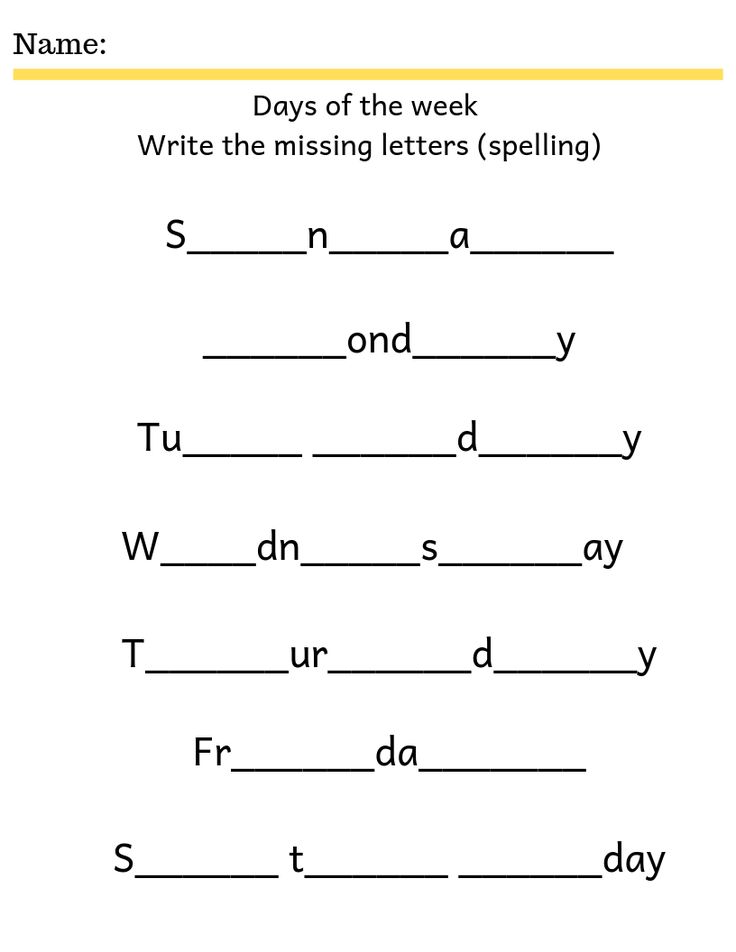
If in Russian the name of the days of the week related to the position of the day in the weekly list, then in English the days of the week are named after pagan gods of the German-Scandinavian and ancient Roman mythology. the gods who worshiped by the Saxon ancestors of the British, were quite numerous, but those from which got the names of the days of the week, were the main objects of their worship.
Sunday (Sunday) was named after the name of God Sun - Sun, the ancient Saxons worshiped God The sun, therefore, dedicated the name of this day to him.
- Sunday's child or, figuratively, a person who lucky;
- When two Sundays come/meet together intersect”, that is, “never”;
- Sunday face - a two-faced person or a person who is hypocritical.
- Sun God (San), representing the day shone, was the main god.
He was depicted as a man holding outstretched hands burning circle.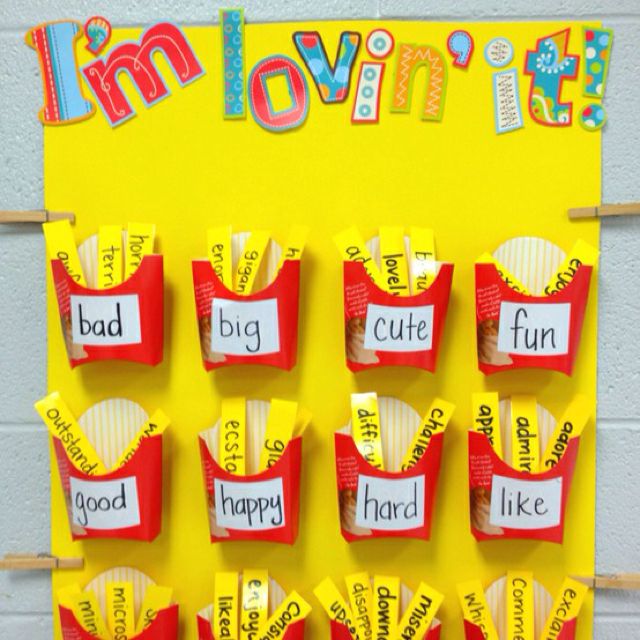 As a sign of a special admiration for this deity is ancient the Saxons dedicated the first day of the week to him, which they called "Sun's Deg". From here Sunday - Sunday.
As a sign of a special admiration for this deity is ancient the Saxons dedicated the first day of the week to him, which they called "Sun's Deg". From here Sunday - Sunday.
- Monday was named after the Moon Goddess (moon).
There are many expressions with the word "Monday".
For example:
- Black Monday - the first Monday after the holiday or holidays;
- Fat Monday - the Monday before Lent;
- Monday feeling - unwillingness after Sunday start work.
- The Moon Goddess (Mun) was considered the next seniority and was revered on the second day of the week, called "Moon's Deg". Hence Monday - Monday.
- Tuesday (Tuesday) was named after God Tusco (son of the earth).
The god of Tusco was at first revered as a father and the first representative of the Teutonic race, however then he was worshiped as the son of the Earth. At the Saxons dedicated the third day of the week to him, originally called Tusco's Money, which in modern English transformed into Tuesday - Tuesday.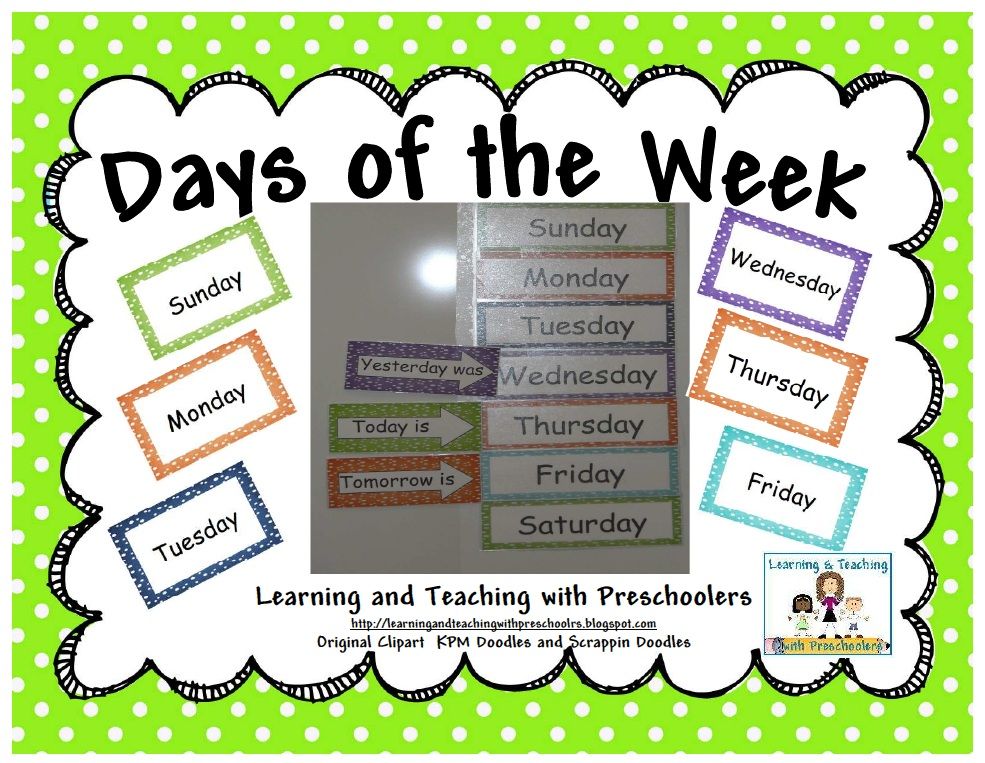
- Wednesday (Wednesday) was named after a deity Woden. His exploits are legendary.
Holy Wednesday, Spy Wednesday - Holy Week God Woden (also Wotan, or Odin), was the highest deity among northern nations. This hero is legends came from somewhere in the east, but it is not known from which country and when exactly. His feats make up most of the mythological legends of ancient peoples and exaggerated so much so that they are outside probable. Named after this deity Fourth day of the week - "Woden's Money" Wednesday - Wednesday.
Thursday (Thursday) was dedicated to God Thor. God Thor- eldest son of Odin and Phryga. Saxons and Danes revered God Thor and his parents. God Thor - the eldest and bravest son of Odin and Frigi. To him dedicated to the fifth day of the week - "Tor'z deg", in modern English - Thursday, Thursday.
- Friday (Friday) was named after the name of the Goddess Frigi (Goddess of the Earth).
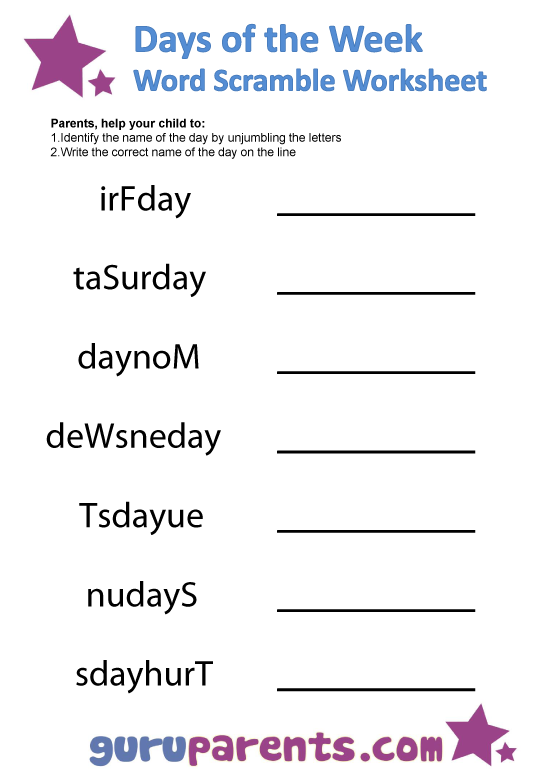
- Man Friday - devoted servant;
- Girl Friday - a young girl serving to someone;
- Friday face - skewed mine, “sour” facial expressions.
Goddess Friga, or Freya, Odin's wife, revered most after him among the Saxons, Danish and other pagans of the north. In the most in ancient times it was also called Herta and was considered the goddess of the Earth. She was dedicated to the sixth day of the week, called by the Saxons "Friga'z" money”, which corresponds to the modern Friday - Friday. Friga was depicted with a sword in her right hand. and a bow in the left.
Saturday was named after God Siter. God Siter was depicted standing on a sharp prickly the back of a perch, as if on a pedestal, with an uncovered head. In his left hand he holds a wheel, and in his right - a bucket of water containing flowers and fruit. He is wearing a long dress and belted rope. The name given to his day is "Citer's money”, Saturday - Saturday
Why are the days of the week called so? It is hardly possible find a definitive answer to this question: an inquisitive mind can always continue it linguistic research.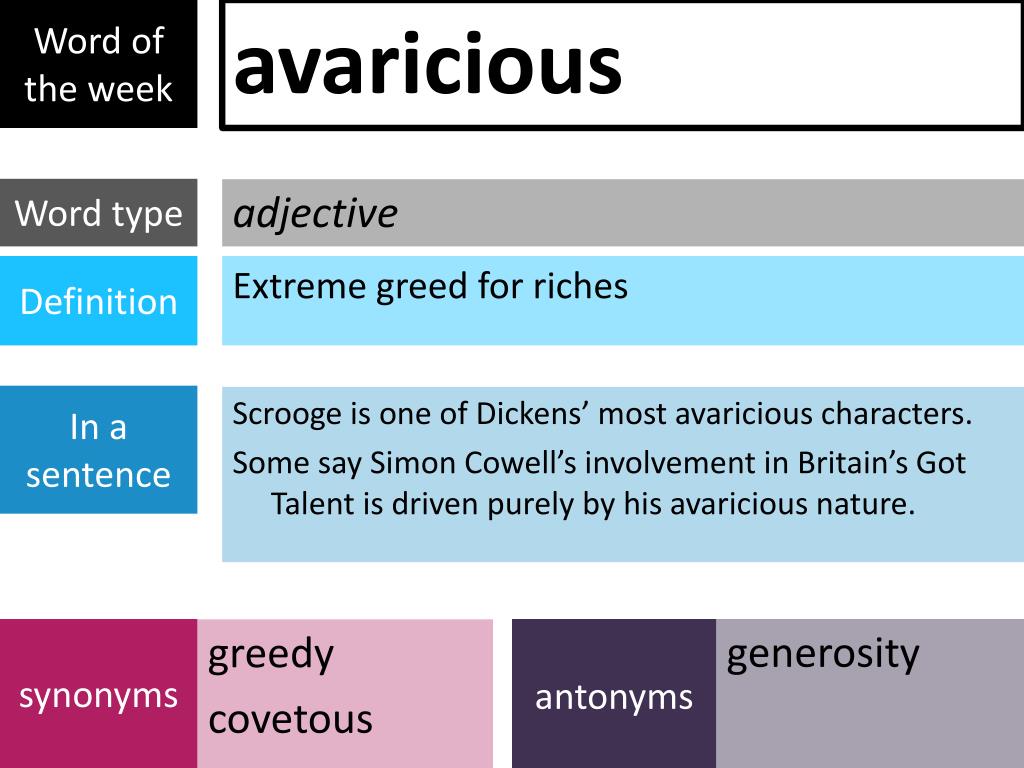 Knowledge is power and even in the names of the days of the week, the experience of our ancestors. But the most important thing is to be able to experience take advantage of in modern life.
Knowledge is power and even in the names of the days of the week, the experience of our ancestors. But the most important thing is to be able to experience take advantage of in modern life.
Presentation .
Days of the week for kids - learning the days of the week with preschoolers
- What day is it today?
- Today.
— My favorite day!
Winnie the Pooh
Have you ever wondered why some objects and concepts got such a name? Say, where did the name "week" come from?
It is curious, but in ancient times seven days were called "week", and the word "week" did mean the seventh day of the week, when it was customary to do nothing.
Later, the word “week” in Russian began to mean a time period, although in Ukrainian and Belarusian languages “week” remained Sunday. In Russian, the name for the day of doing nothing - Sunday - was fixed in the 17th century, on the first day of the Easter holiday - the Bright Resurrection of Christ.
Monday is the day following the week.
Even a child will figure out the origin of other names: Tuesday is the second, Wednesday is the middle of the week, Thursday is the fourth, Friday is the fifth.
But the name "Saturday" was borrowed from the Hebrew "Shabbat", which means the end of work, rest.
At what age do you start learning the days of the week?
Children under three years of age are unlikely to be able to explain the days of the week: abstract thinking is not yet developed. Of course, it is possible and necessary to acquaint the child with the concepts of "today", "tomorrow", "yesterday", while it would not be superfluous to add "tomorrow, Thursday, let's go for a walk in the park" .
Therefore, in order to begin to study this issue, the child must be able to count to 10, have abstract thinking and navigate in time concepts.
Children older than three already understand that there are some abstract concepts.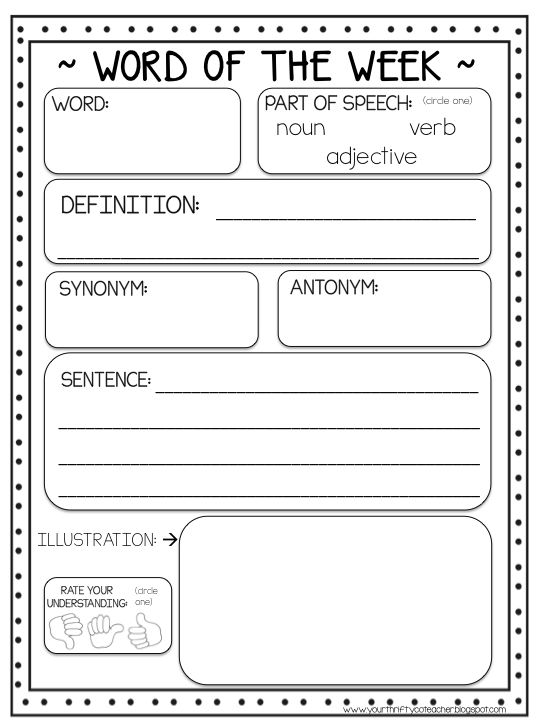 By this time, most of them visit the garden. Children quickly realize that on certain days they do not go to the garden and their parents are at home, and on some days they attend circles. And they may well ask themselves, but, in fact, why is this so?
By this time, most of them visit the garden. Children quickly realize that on certain days they do not go to the garden and their parents are at home, and on some days they attend circles. And they may well ask themselves, but, in fact, why is this so?
Be sure to keep the child's interest and tell them what the week and days of the week are. How to do it?
There are many methods for this. For example, with:
- poems, riddles, proverbs;
- visual crafts;
- mobile and quiet games;
- educational cartoons.
We will describe these methods in more detail later in the article.
How to explain to a child what a week is?
So, your child counts to 10, does not confuse tomorrow and yesterday, knows what a day is. You can get to the heart of the matter.
To form the concept of a “week” in your child, invite him to choose a different color for each day. You can cut out circles from colored paper. Set aside a circle every day, and when 7 circles have accumulated, tell the child that 7 days is a week.
It is better to learn the names of the days of the week by linking them to the events that happen to the child on a weekly basis. For example, “on Tuesday and Thursday you go to a dance club” , “we visit grandma on Saturday” , etc. It will be good if you pick up similar associations for each day of the week.
You can also continue to study the days of the week using colored circles, assigning a different color to each day.
Children usually quickly realize that when they are not attending kindergarten and their parents are at home, this is the weekend. For clarity, you can use the fingers of the hand: 5 fingers of one hand - 5 working days, two fingers of the other hand - 2 days off.
Games to help you remember the days of the week
You can remember complex things through games. And the child is having fun, and you can pass on useful knowledge to him, and you will spend time together, which is important for the baby.
“Catch the ball”
You throw the ball to the child and name the objects (table, apple, sock), and he must return the ball to you. But when the child hears the name of the day of the week, his task is to raise the ball over his head with the words "caught Tuesday" . To win, you need to collect the whole week.
“Guess”
The adult describes the day of the week in various ways, for example: “this day comes after Wednesday” , “that day we are going to the pool” , etc. The task of the child is to correctly name the guessed day.
Dexterous Hands
The child should clap when they hear the name of the day of the week. An adult can be cunning by pronouncing similar-sounding words wind, second, echo, Tuesday ...
"Depict"
The adult reads the actions and the child shows how it was.
For example, “on Monday I played football” (the child pretends to play football), “and on Tuesday I wiped the floor” (the child shows), “on Wednesday I ate an apple” , etc.
It will be more fun to perform movements to rhythmic music, speeding up the pace.
Exercises for remembering the days of the week
Good memorization exercises also help. True, these tasks are designed more for children of older preschool age.
1. Crossword. You can find a crossword puzzle with answers to a question, or you can also find a graphic one.
2. It helps to remember the association number = day, respectively: 1 - Monday; 2 - Tuesday, etc. When the association is formed, you can perform similar exercises for matching.
3. Exercise "I believe - I do not believe." An adult says some fact, for example, "Tuesday goes after Sunday" , if the child does not agree with this fact, he must name the correct answer.
4. Solving puzzles, puzzles and riddles.
For example:
The loafer postponed his business
From Wednesday to ... (Monday)
5. Ask casually what day of the week it is, how many more days before the weekend.
6. List the days of the week in correct and reverse order.
Day of the Week Creative Activities
For creative parents who love crafting with their kids, the following ideas are great:
“Steam Engine”
Cut out a steam locomotive and wagons from paper, there should be seven wagons. Each carriage is a day of the week. You will also need a figurine of your child's favorite hero. Transplant the figurine from car to car depending on the day of the week.
"Painted Stories"
Take a piece of paper, stick on seven pockets of different colors that will indicate the days of the week. You can cut out pictures of children's actions from magazines, or draw them yourself and distribute them among pockets. The child will check the contents of the pockets every morning and know what he will do today.
Seven Flower
You can make a flower with detachable petals, or with those that can be detached and reattached.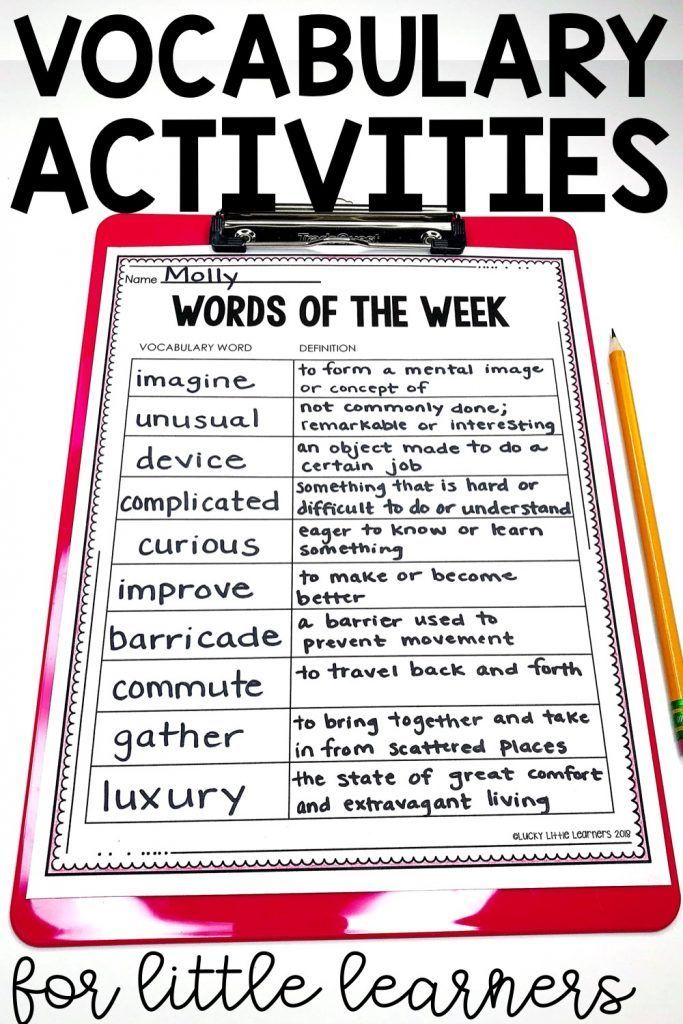 It is important in the process to discuss with the child what day of the week it is, what you have planned for today.
It is important in the process to discuss with the child what day of the week it is, what you have planned for today.
"Watch"
Make a dial (watch base) from cardboard or a disposable plate, divide the base into seven parts. You can color each part with a certain color, write the day of the week. Cut out an arrow from cardboard and attach it with a button. The clock for determining the day of the week is ready!
You can buy a tear-off or wall calendar and let your child move the slider.
And if you are already studying English with a child, our article "Days of the week in English for children" will help you remember the names of the days of the week, learn how to write and pronounce them correctly.
Poems about the days of the week
Rhymed lines are the easiest to remember. Learn the one you like best with your child and see how quickly the names of the days of the week remain in his memory.
On Monday I washed,
The floor was swept on Tuesday .
On Wednesday I baked kalach,
All Thursday I played ball.
I washed cups on Friday ,
And on Saturday I bought a cake.
All my girlfriends on Sunday
I called for my birthday.
Here is a week, it has seven days.
Get to know her as soon as possible.
The first day of all weeks
Will be called Monday .
Tuesday is the second day,
It comes before Wednesday.
Middle - Wednesday
The third day has always been.
A Thursday , fourth day,
He wears his hat on one side.
Fifth — Friday sister,
Very fashionable girl.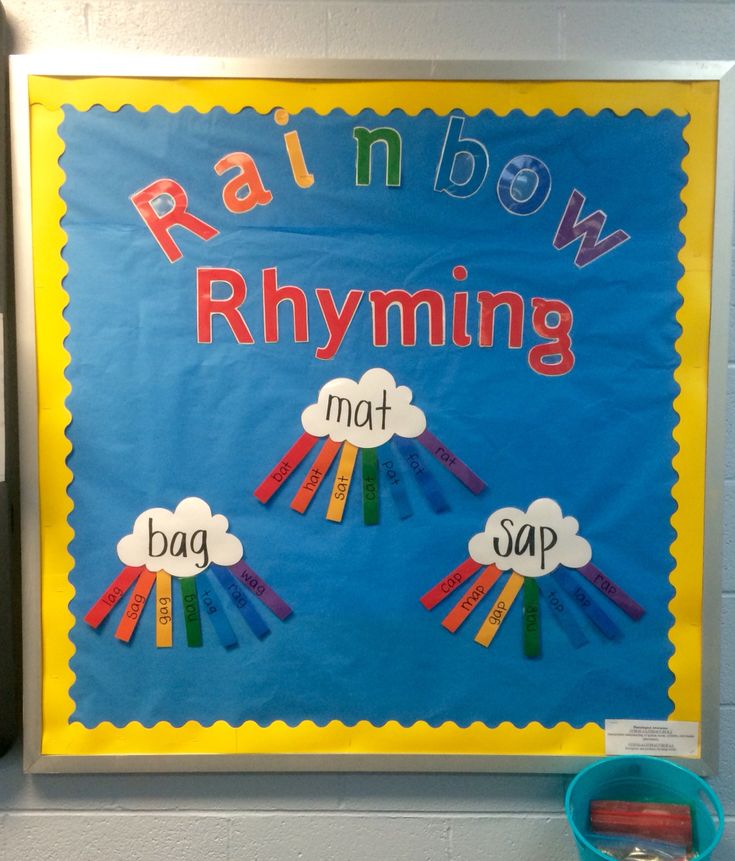
And at Saturday , the sixth day,
We rest with the whole crowd
And the last, Sunday ,
We appoint a day of fun.
The author's method of studying the days of the week S. Lupan
Belgian Cecil Lupan, being the mother of two daughters, has developed a very interesting method, which is based on the mutual interests of parents and children. She believes that there is no better teacher for a child than his parent. But the parent needs to be really interested, because children feel insincerity.
You should start learning the days of the week with a simple one: sing the names to any melody. You can hang the names in the child’s room and, after waking up, consider and discuss together, it’s nice to make a home-made clock together to determine the day of the week. Be sure to pronounce repetitive actions, tying them to the days of the week. For example, "Grandma bakes a delicious cake every Saturday" .